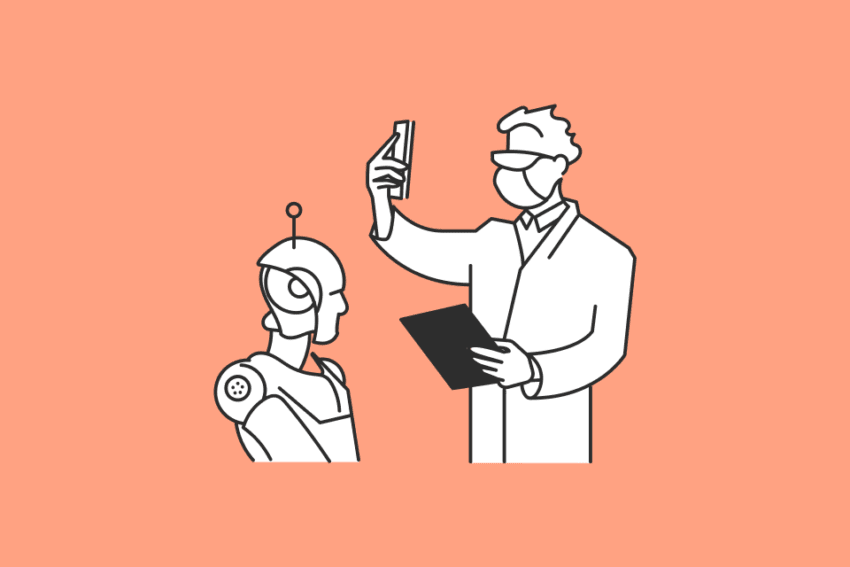Platform leverages 13 years of crowdsourced testing data to deliver intelligent automation and set new industry standards.

Prompts as Test Design: A Practical Framework for AI Testing
The promise of AI breaks down when testing focuses only on idealized inputs. Real users ask incomplete questions, switch languages mid-thread, or provide contradictory details that models must still handle.

Shopping for Accessibility Help? Try Testlio
When it comes to accessibility, there are a lot of vendors and each is unique and credible in its own way.

OpenAI vs Claude on a RAG App: What Failed and What to Fix First
We put two of the most talked-about models head-to-head in a real-world RAG scenario, and the results might surprise you.

The Mobile QA Metrics That Help You Ship Better
For many engineering leads and executives, reviewing quality assurance dashboards and automation reports may feel like trying to solve a complex puzzle, one where the pieces keep changing, and the full picture only comes into focus after it’s too late.

The Cost of Ignoring AI QA
AI is no longer just a technical feature, it is a business-critical system that shapes conversations, decisions, and customer experiences.

Chatbot Testing 101: How to Validate AI-Powered Conversations
Chatbots have quickly moved from novelty to necessity. With over 987 million users and platforms like ChatGPT receiving more than 4.6 billion monthly visits, chatbots are now core to how people interact with digital products.

How to Stand Out When Applying for a Remote Role (Especially in Fully Distributed Orgs)
Remote work has unlocked a world of opportunity for career-motivated individuals. At Testlio, we meet talent from every corner of the globe, enabling us to hire the strongest candidates in the world.

You Added AI to Your Product, Here’s How to Start Testing It
When you add AI to your product, the hardest part is not building the feature but making sure it works safely, reliably, and as intended in the real world.

7 Signs Your App Isn’t Truly Localized
You’ve translated the app and maybe even hired native speakers. It passes all your internal checks, but users in new markets are still dropping. The problem often isn’t obvious.
